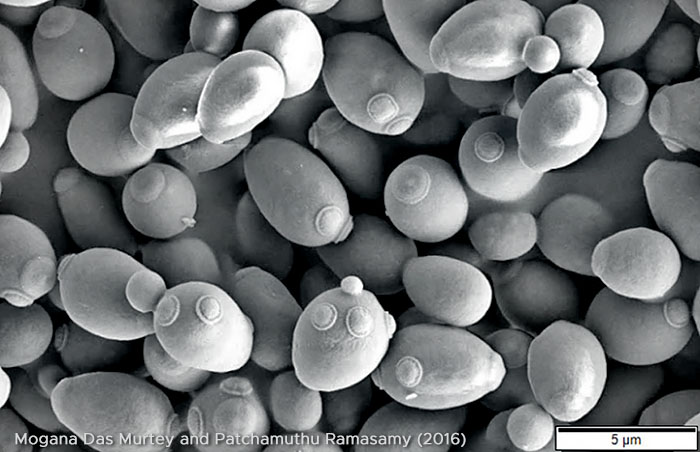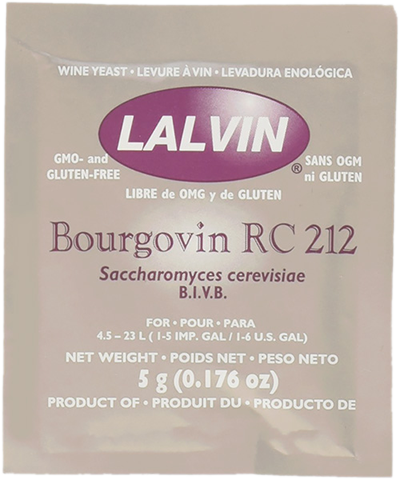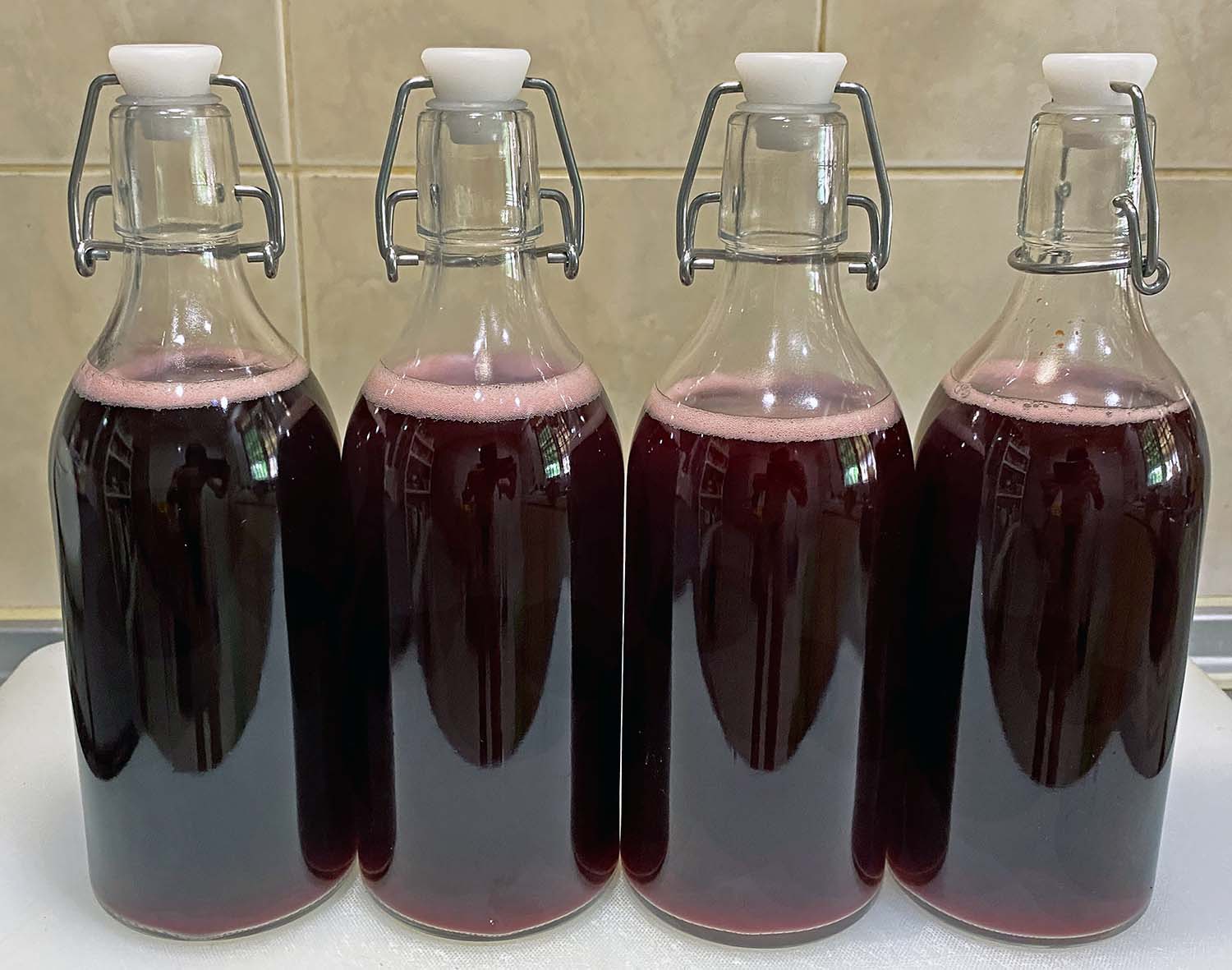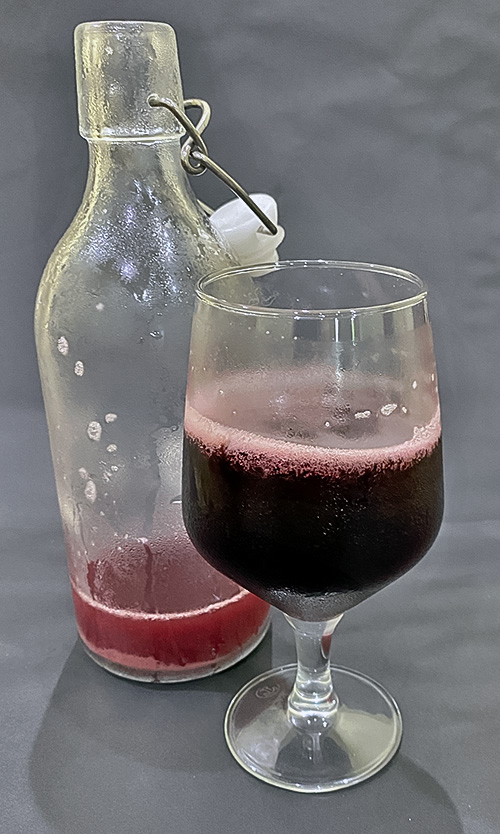Dr
Clem's Short Cut Sparkling Red Wine
Another brewed delight
|
The yeast Saccharomyces cerevesiae is a very important agent in the world of food and beverages. Its abilities have been exploited in the production of foods since ancient times before microbiology was known. Louis Pasteur was the first to demonstrate in the mid 19th century, the biological action of yeasts on sugars in the absence of air (fermentation).
In baking, it is a leavening agent where it metabolizes fermentable sugars in the dough or cake mix, to produce carbon dioxide gas. This gas forms pockets /bubbles in the bakery preparation and gives it a soft and spongy texture which is fixed when baked. In beverages, the yeast metabolizes sugars in the brew wort to produce both ethanol and carbon dioxide. This is what gives beer and champagne both its kick (alcohol) and frothy/bubbly nature (gas).
In sparkling wine,
the ability of yeast to make gas during fermentation is what is captured
in the serving bottle. |
|
Wine
terminology There are many terms used for French and Italian wines. Some of the names (or types) are protected Geographical Indication names e.g. champagne or prosecco. In the case of the latter types, these wines can only be produced in specific regions as is the case of champagne which is from the champagne region in northeastern France near Paris. Champagne is a sparkling wine i.e. it is fizzy from trapped carbon dioxide gas produced by the fermenting yeast. Lightly sparkling wines from Italy may be called frizzante. A spumante is more highly bubbly. One of my favourite wines is Verdi spumante, a white light alcohol (5%), sweetish bubbly. Bubbly wines are commonly made from "white" wine grapes. Also available but rarer are red bubbly wines. This is how I made
a batch of sparkling red wine. Depending on the resultant degree of
carbonation (how bubbly) it could turn out in the frizzante
or spumante style. |
General precautions
The grape substrate used
|
|
|
|
Prepare the yeast inoculum
|
|
Pitching the wine brew
|
|
Fermentation
Enjoy your bubbly sparkling wine! Chin chin!
Other brewed delights
|
Created by
Clem Kuek
19 Jan 2022




